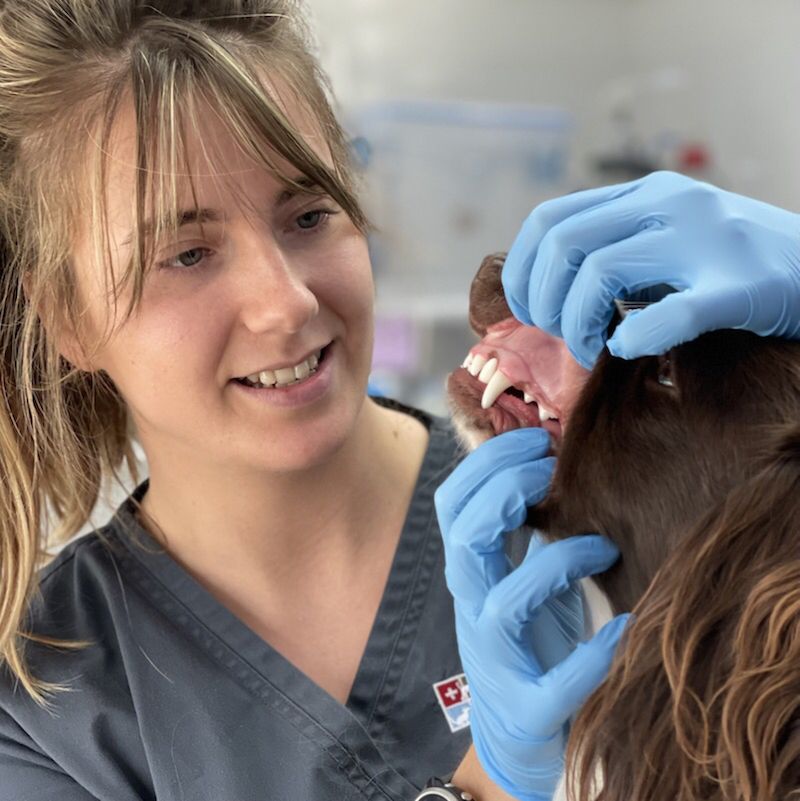Dental Care
Many pets present to the Clinic where dental extractions due to advanced periodontal disease are the only treatment option. There is no doubt that chronic gum disease affects general health and can ultimately shorten life due to organ damage.
At your pet's annual wellness examination the teeth will be examined and gum health graded with a dental scale and polish recommended if indicated. With some pets, this may be infrequent but with some small breed dogs and cats, it may be required at least every one to two years to maintain oral health.
